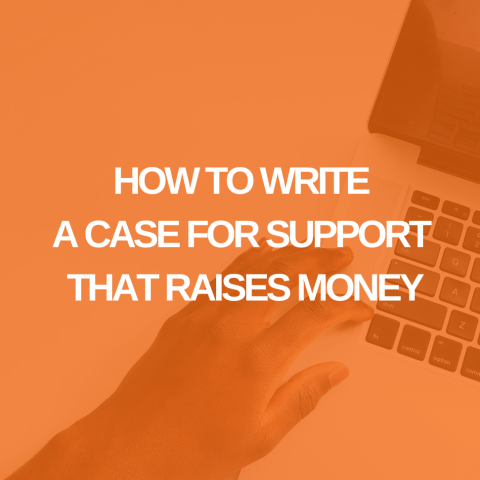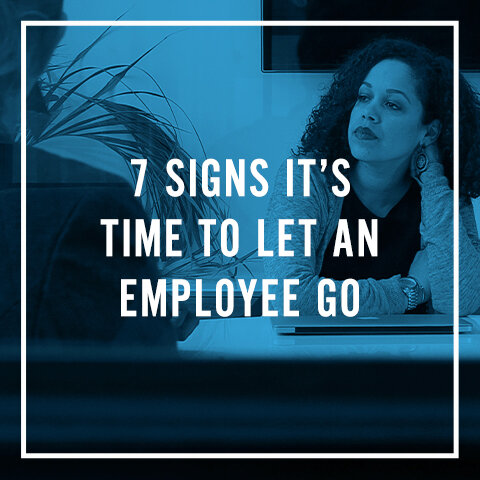Can You Hear Me Now?
By Pete Wilson
This phrase was made popular by Verizon Wireless, but it has some real implications to all of our ministries and organizations.
Every day, intentionally or unintentionally, you’re communicating to your audience. Here at The A Group, we’ve discovered that most organizations tend to think that they have only one audience when in reality, most of us have multiple audiences.
Okay, great. You have a lot of people listening to you, and that’s good, right? Well, sure. But only if you’re tending to each one. The problem arises when we use just one blanketed message for a multitude of audiences, when in fact each audience needs to be communicated to in a unique way if we want them to listen and respond to our message.
Here’s a great example from my own life: I spent years speaking to a church each weekend that was full of 20-something singles. This was the core audience that I had at the forefront of my mind when I was putting together my notes for each teaching and thinking through relatable topics. So, my natural inclination when I began writing my first book was to write to that same audience. It just made sense to me. But I couldn’t have been more inaccurate when trying to assume that my readers were all to be labeled as a “25-year-old hipster”.
Come to find out (after the book was complete and published- sigh) the majority of people who bought and read my book were women in their mid to late-30’s. Wow, was I off.
Why were my audiences so different? Because the outlet in which I was releasing content was utilized by a different generation entirely. The 20-something sitting in the chairs on a Sunday wasn’t going to run out to the bookstore and pick up a hard copy of my book. That’s not how they are primarily accustomed to consuming information; they prefer a medium that stimulates them visually or audibly. The 36-year-old mom, however, prefers a physical book to read that she can hold, highlight and carry with her to pull out and read in her free time.
Heck, had I written to that audience, maybe the content would have gotten into more hands. Here’s what I learned: we have to speak to the ears that are open to see results.
When we do a “StratLab” with one of our clients here at The A Group, we often take them through what we call an “Audience Matrix.” This exercise helps them identify their unique audiences and then prompts two questions of each audience.
1) What do we want from them?
2) What do they want from us?
This was something I put into practice years ago when I was trying to lead a more effective church. One of my many audiences (and probably my broadest) was our Sunday morning attendees which was comprised of thousands of people, in seven different locations (including a women’s prison), covering all age groups and backgrounds.
When trying to decipher how I needed to communicate to these people most effectively, I had to ask myself these 2 crucial questions:
1) What do we want from them?
Well, that was easy for me. What I wanted from them was an attentive audience who took seriously what it might look like to apply Scripture to their life and live like Jesus did.
2) What do they want from us?
Now this was a little more difficult for me. Especially given how broad this particular audience in my ministry was. But I spent time talking and listening to a variety of people in that audience and discovered that they all basically wanted two things from me. They wanted authenticity and empathy.
Through that discovery, I found that there were really only two questions I had to answer for every single person in that particular audience if I wanted to be effective. They were all asking:
- Is this guy real?
- Does he care about me?
If I could get them to answer “yes” to those two questions in the first five minutes of my sermon, then I knew I had a chance at being effective with my content. If not, then I lost the majority of them within the first few minutes and it really didn’t matter how great the content of my message was past that point.
At the end of the day, if you’re not identifying your different audiences and asking yourself what you want from them and what they want from you, you’re likely sending out messages that aren’t actually resonating with the people you hope to impact. And if you’re in business, this means money. If you’re a ministry or nonprofit, this means life change.
So here’s what I want to encourage you to do. Click below to download a free PDF of the Audience Matrix. We made it editable so you can customize it for your business or ministry. This can be a difficult process as we are often unaware of who our audiences actually are (i.e. I want to help keep you from publishing a book written to the wrong people). If at any point in this exercise you realize that you may need some strategic help in assessing who you’re actually talking to, answering those two crucial questions and what to even do with that information, we would be more than happy to walk alongside you through that process.















